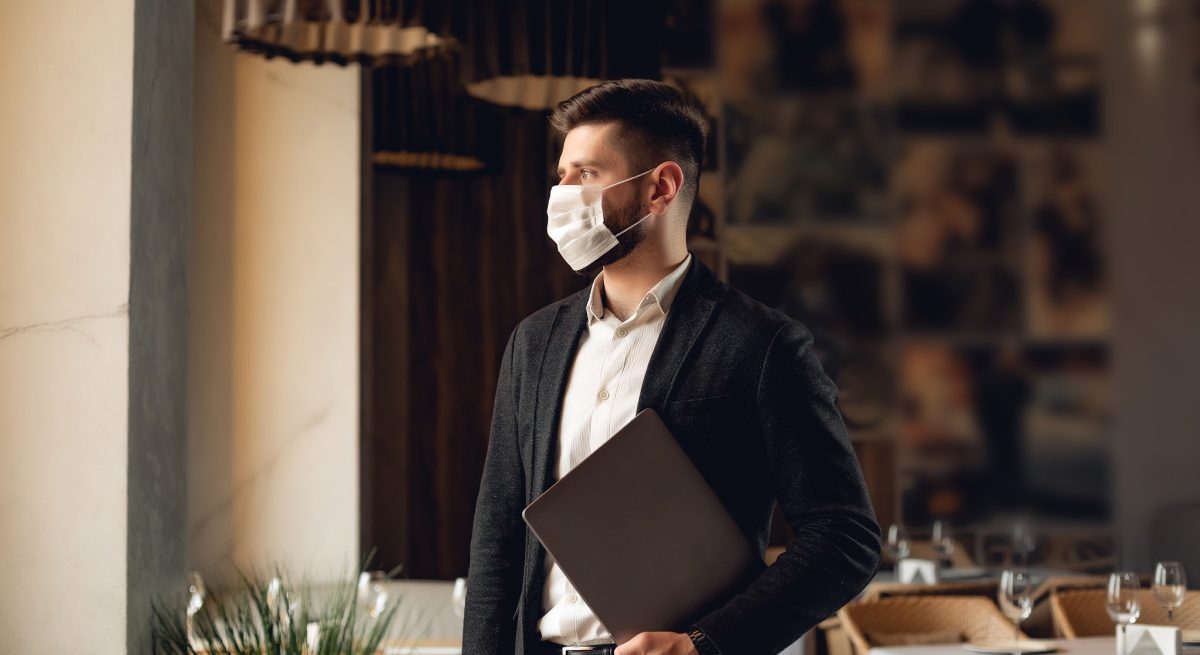Restaurant Owners Could Face a Host of New Liabilities as a Result of the Covid-19 Pandemic
4 Min Read By Crystal Jacobs
Even as thousands of restaurant owners deal with the business disruptions caused by Covid-19 and the subsequent business interruption claims being filed with their insurers, they now also face a host of new potential exposures for which there are no easy, clear-cut answers.
The bottom line is that, while the industry is currently dealing with a high volume of business interruption claims, restaurant owners and their insurance agents need to also think about the claims we haven’t seen yet. Over the next 12-24 months, we expect the industry will feel the true legal implications of COVID-19 — with worker’s compensation, employment practices and even liquor liability claims leading at the forefront of the next wave of exposures.
Worker’s Compensation
Workers compensation claims are a key area of concern going forward. Restaurant owners have employees working that are essential to their businesses. Workers compensation claims, as they always have, will rely on one essential question: did the injury occur at the workplace? If it did and that can be proven, the employee may be entitled to financial compensation from their employer. Yet what happens when a chef or delivery worker claims that they contracted COVID-19 while working at the restaurant that employs them? The answer is very much open for debate.
Employment Practices
Another new industry reality in a COVID-19 world is mass unemployment. In March alone, restaurant and bar workers accounted for more than half of all U.S. jobs lost, according to the US Department of Labor. Many of the jobs were lost as part of a reduction in force or RIF, which is defined as a separation from employment due to lack of funds, lack of work, redesign or elimination of position(s) or reorganization, with no likelihood or expectation that the employee will be recalled.
The ultimate question for insurers and restaurant owners is, where do all of these exposures begin and where do they end?
However, a restaurant owner who defines their actions as a RIF or mass layoff does not automatically receive protection from employment practices exposure. There still needs to be a consideration on the part of the restaurant owner of who they employ in a protected class. What protected classes are included, if any, in the RIF? How many of those employees, for example, ever expressed some type of ill-sentiment towards the company — as their firing could be deemed retaliation. If the employee was over 40, there are areas of age discrimination to worry about.
Restaurant owners will likely not have any ill-will toward their laid off employees — but the exposure still remains. Even if the claims are baseless, they’re impossible to ignore and there are a multitude of costs affiliated with them. There’s no avoiding it. In a time of mass layoffs, employee lawsuits will inevitably follow.
Liquor Liability
Of course, the goal of every owner is to retain as many employees as possible and, in an effort to keep sales afloat, restaurants are now implementing new business practices that weren’t even legal in pre-coronavirus America — most notably the to-go sale of alcohol. Across the country, states like New York, Nebraska and California have loosened state restrictions on alcohol delivery, with certain rules.
In Texas, in spite of state restaurants reopening on May 1st, Governor Greg Abbot is allowing to-go alcohol sales to continue, as long as his guidelines are followed. Namely, alcohol must be in a manufacturer-sealed container, it must be accompanied by a food order, distilled spirits must be in containers no larger than 375 milliliters and customers must be at least 21 years old. Furthermore, in a recent tweet, the governor floated the idea of letting these sales go on permanently.
While Texans won’t be able to purchase to-go mixed drinks or cocktails past May 1st, they were able to beforehand and some other states are still allowing mixed drinks on the go. All of this has opened up new areas of liquor liability that were never before thought of pre-COVID-19.
Under normal liquor liability circumstances, the biggest exposure that restaurants and bars face is over-serving. If a customer is over-served and then jumps into a car and kills someone, that’s what liquor liability insurance generally covers. But, in some states today and perhaps for the months to come, customers are sent off in their car with a container of mixed drinks. The new areas of risk associated with that are almost too numerous to name.
Customers aren’t required to sign a waiver that they’re not drinking and driving and while the beverage is technically not an open container, it’s not sealed either. A customer could easily open it up and drink it while driving if they so choose. Furthermore, restaurants aren’t required to ask if the drink will be shared or if it’s all being consumed by one person. So, if a person comes down with alcohol poisoning from a mass amount of liquor that the restaurant sent them off with, the owner could be technically on the hook.
The ultimate question for insurers and restaurant owners is, where do all of these exposures begin and where do they end? While the COVID-19 shutdowns continue to take a significant toll on the restaurant industry, there will come a time when things go back to normal. Customers one day will once again crowd their favorite restaurants. It’s only then that the industry will feel the true effects of a radically altered insurance landscape.


